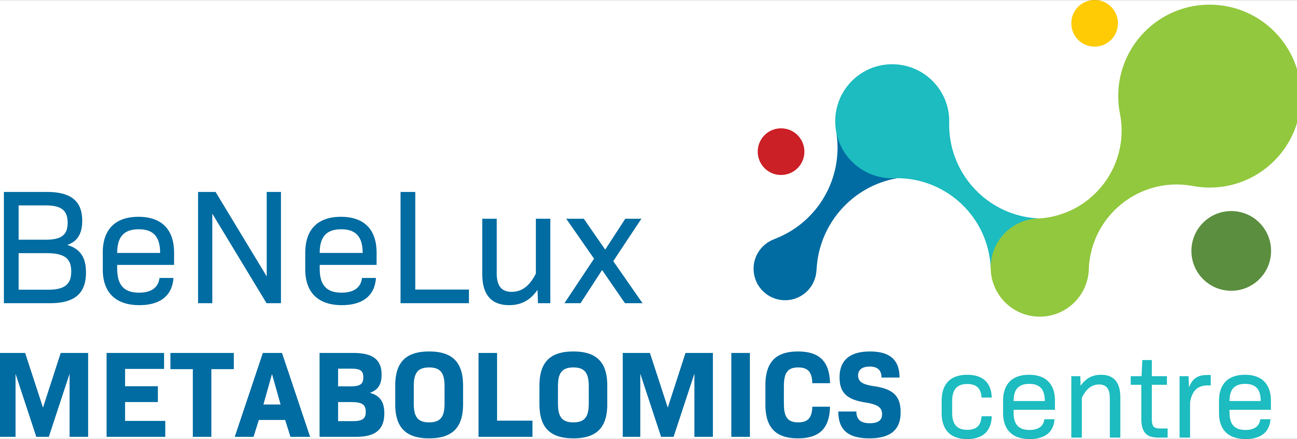In a wide range of diseases inflammation plays an important role and especially in osteoarthritis (OA) and rheumatoid arthritis (RA) this is a key focus point. The relation between oxidative stress and inflammation is well recognized but not very well understood in terms of the loss of homeostasis, the early stage of disease and the progression of disease. Moreover, the influences of psychology and lifestyle on these processes are of great interest but are difficult to monitor and/or to quantify.
However, various new techniques are available to monitor oxidation/reduction within biological systems by both invasive and non-invasive methods. An interesting non-invasive option is the measurement of ultra low level luminescence/ ultra-weak photon emission (UPE). The technique for UPE is predominantly based on the radiation energy from oxygen radical species corresponding with photons in the UV, visible and near IR range. The radiation is at very low intensity, ranging from a few photons /(s. cm2) up to some hundreds photons and requires photomultiplier systems with high sensitivity and high signal – noise ratio. With such devices detection of emission wavelength spectra, information from time-resolved signals and even imaging with proper equipment is possible. The association of UPE and production of Reactive Oxygen Species (ROS) and oxidative stress is currently developed for both basic biomedical research and clinical application. The development of techniques and methodology to study spontaneous ultra-weak photon emission in human and animals is carried out in a scientific cooperation of different specialized institutes. It includes issues of tissue penetration depth, tissue scattering, signal analysis and optical clearing techniques.
Moreover recent developments in metabolomics enable the measurement of biological molecules with a direct link to oxidation/reduction processes by using electrochemical detection. This so-called coularray technology enables the profiling of bodyfluids of biochemical components of this class.
The combination of ultra-weak photon emission and metabolomics allows both a system level and a wide biological level to be correlated and could potentially lead to a better understanding of the processes and the diagnostical value of differences. It also allows to measure, following Traditional Chinese Medicine diagnosis, profiles of certain subtypes as been described in bi-syndrome. Potentially new treatments could be developed as well as life style advise in particular nutrition advice to optimize the personal health conditions.
